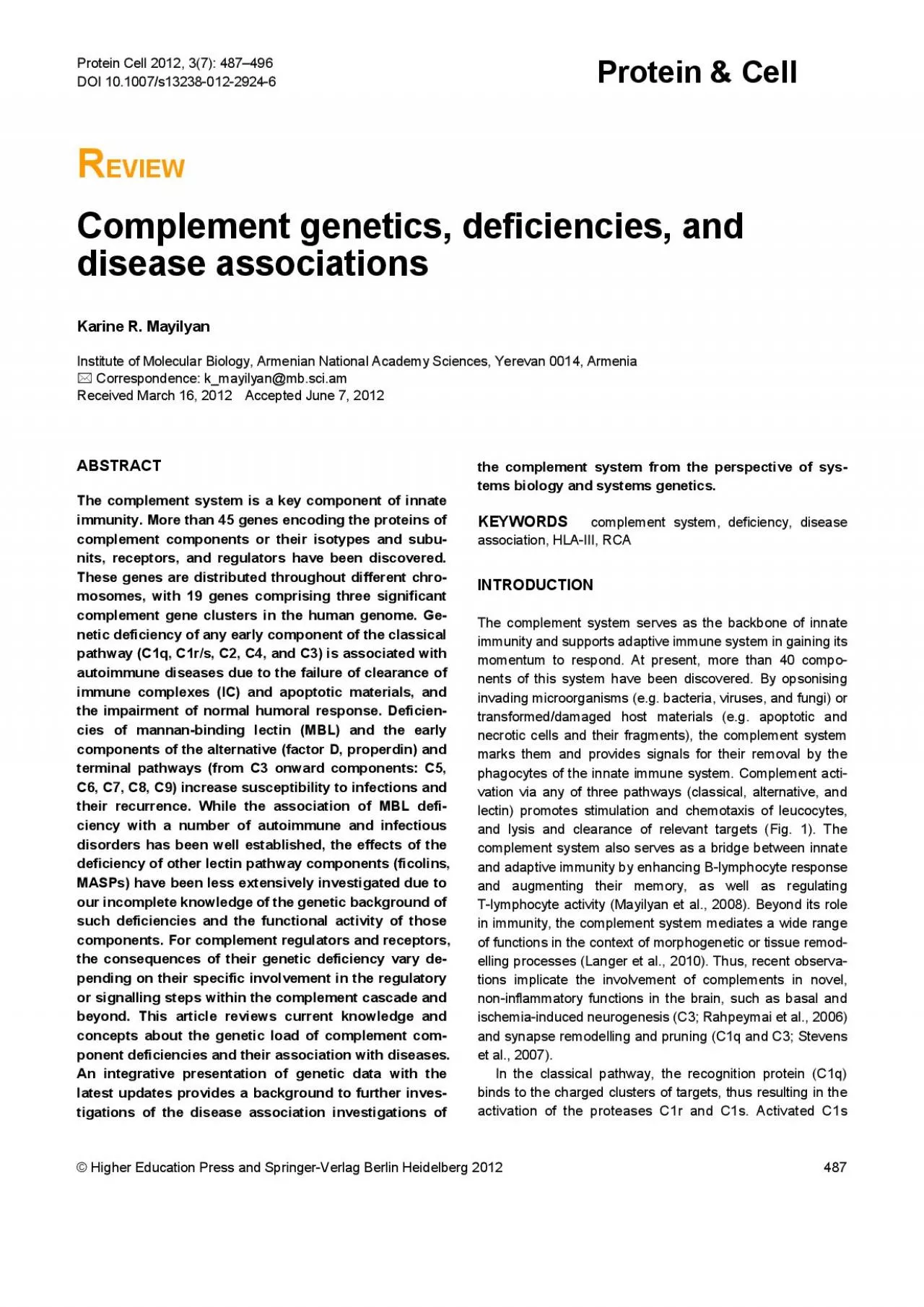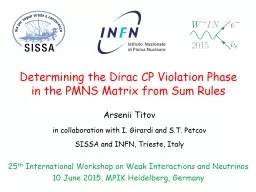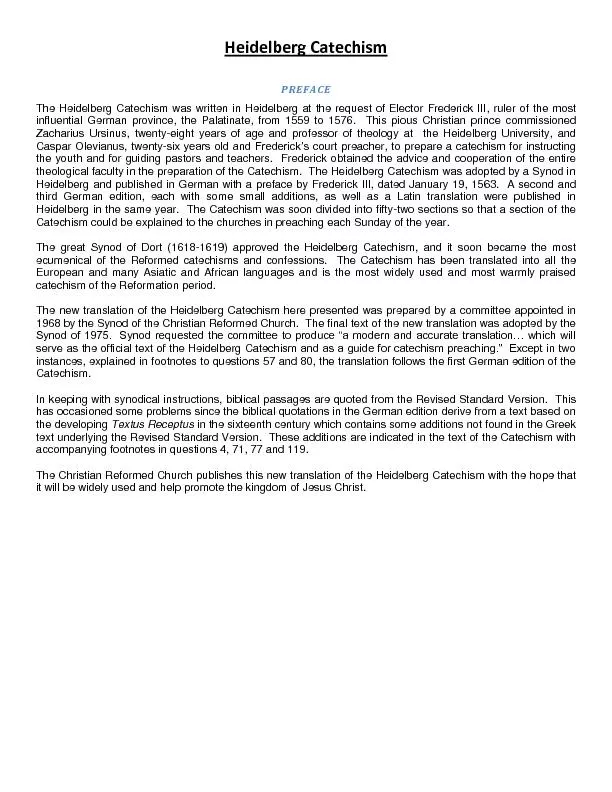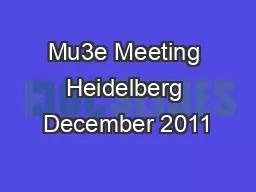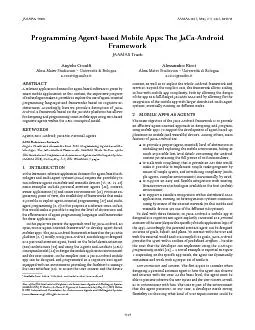PDF-Higher Education Press and SpringerVerlag Berlin Heidelberg 2012 48
Author : heavin | Published Date : 2022-08-24
Complement genetics deficiencies and disease associations Karine R MayilyanInstitute of Molecular Biology Armenian National Academy Sciences Yerevan 0014 Protein
Presentation Embed Code
Download Presentation
Download Presentation The PPT/PDF document "Higher Education Press and SpringerVerla..." is the property of its rightful owner. Permission is granted to download and print the materials on this website for personal, non-commercial use only, and to display it on your personal computer provided you do not modify the materials and that you retain all copyright notices contained in the materials. By downloading content from our website, you accept the terms of this agreement.
Higher Education Press and SpringerVerlag Berlin Heidelberg 2012 48: Transcript
Download Rules Of Document
"Higher Education Press and SpringerVerlag Berlin Heidelberg 2012 48"The content belongs to its owner. You may download and print it for personal use, without modification, and keep all copyright notices. By downloading, you agree to these terms.
Related Documents

